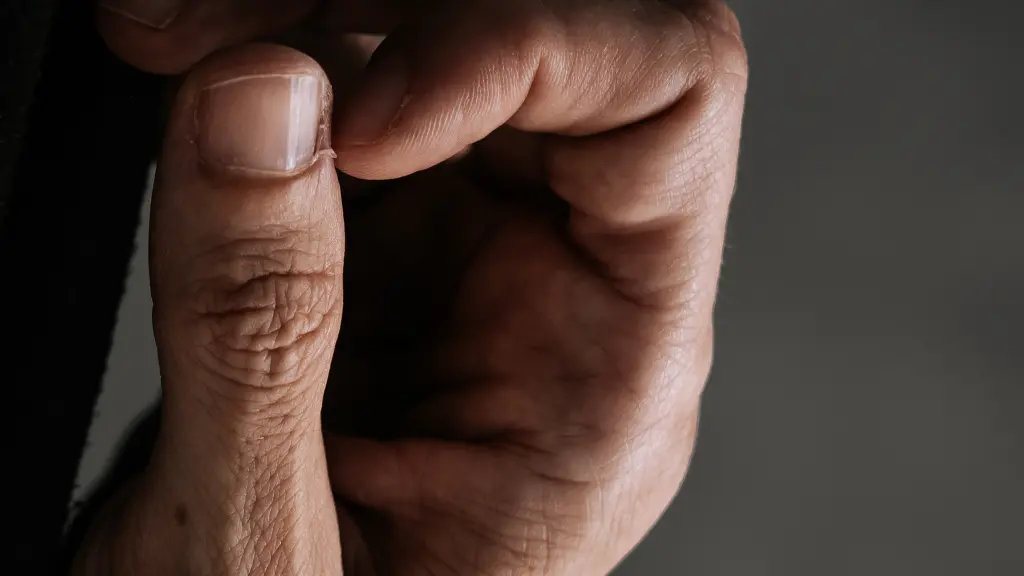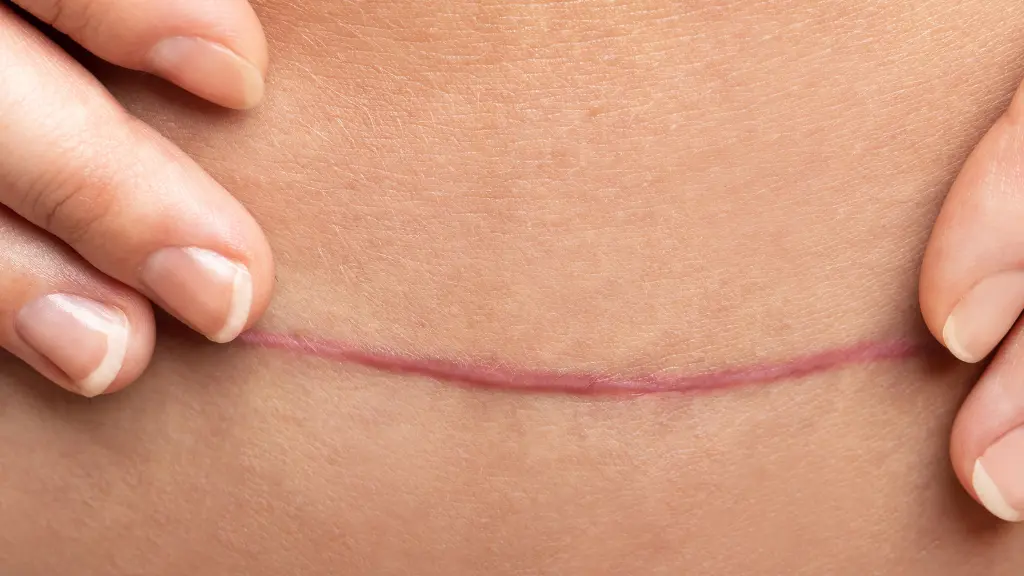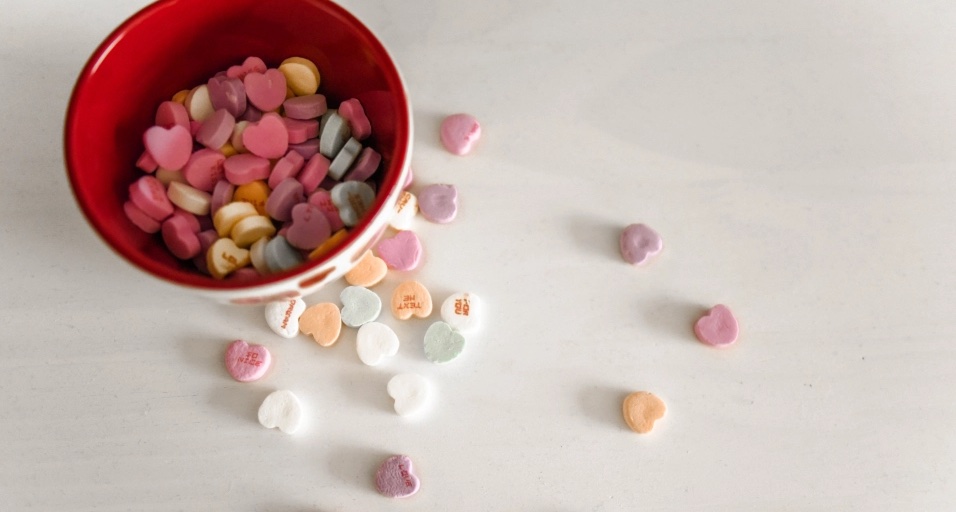Hangnails are small but mighty nuisances that can cause a surprising amount of pain. Those little jagged pieces of skin near the base of your fingernails can become sore, irritated, and even infected if not treated properly.
While they may seem harmless at first, improper handling of a hangnail can lead to unnecessary discomfort or worse, a trip to the doctor. So, what’s the best way to get rid of a hangnail without causing damage to your skin or nails?
In this blog, we’ll cover everything you need to know about hangnails, including how to remove them safely, remedies for soothing irritated skin, and tips for preventing hangnails from forming in the first place.
You May Also Like: 5 Essential Tips to Make Spray Sunscreen Work: Is It as Effective as Lotion?
What Is a Hangnail?
Contrary to its name, a hangnail doesn’t actually involve the nail itself. A hangnail is a small piece of torn skin that sticks up around the sides or bottom of your fingernail. It often appears around the cuticle or the edges of the nail bed. Hangnails can form due to a variety of reasons, such as dry skin, frequent exposure to water, nail biting, or harsh environmental conditions.
Because the skin around the nails is delicate, hangnails can easily tear, leaving an open wound that may become painful or prone to infection if not treated carefully.
Why Do Hangnails Form?
Hangnails usually develop when the skin around your nails becomes dry, brittle, or damaged. Some of the most common causes of hangnails include:
- Dry skin: Lack of moisture is a major contributor to hangnails. In colder weather, when skin tends to be drier, hangnails are more common.
- Nail-biting: If you have a habit of biting your nails, it can weaken the surrounding skin and make hangnails more likely.
- Frequent handwashing: While washing your hands is crucial for hygiene, excessive exposure to water (especially hot water) can dry out the skin, leading to hangnails.
- Harsh chemicals: Exposure to cleaning products, hand sanitizers, and detergents can strip the skin of its natural oils, making it more susceptible to tears and hangnails.
Understanding the root causes can help you prevent future hangnails from forming and better care for your hands and nails.
How to Safely Remove a Hangnail
If you have a hangnail, it’s important to resist the urge to pull or tear it off. Doing so can damage the skin further and increase the risk of infection. Instead, follow these steps for safe removal:
1. Soak Your Hands
Before attempting to remove a hangnail, soak your hands in warm water for about 5-10 minutes. This softens the skin and makes it easier to safely trim the hangnail without causing further damage.
2. Use Clean, Sterilized Tools
To prevent infection, make sure to use clean, sterilized nail clippers or cuticle scissors. Avoid using your fingers to rip the hangnail, as this can cause more damage to the skin.
3. Trim the Hangnail Carefully
Once your skin is softened and your tools are clean, carefully trim the hangnail as close to the base as possible. Be gentle and make sure you don’t pull at the skin, as this can cause more irritation or tearing.
4. Apply Moisturizer
After trimming the hangnail, apply a hydrating hand cream or cuticle oil to the area to keep the skin moisturized and promote healing. Products that contain ingredients like shea butter, coconut oil, or aloe vera are particularly good for soothing the skin.
5. Cover with a Bandage (If Necessary)
If the hangnail has caused a small wound or if the skin is particularly irritated, it may be a good idea to cover it with a bandage. This will protect the area from bacteria and reduce the risk of infection.
Remedies for Hangnail Pain or Irritation
If a hangnail is causing you pain, there are a few simple home remedies that can help soothe the discomfort and speed up healing:
1. Warm Salt Water Soak
A warm salt water soak can help reduce inflammation and prevent infection. Add a teaspoon of salt to a bowl of warm water and soak your hand for 10-15 minutes. This can help clean the area and soothe any irritation.
2. Antibiotic Ointment
If the skin around the hangnail is red, sore, or looks infected, apply a small amount of antibiotic ointment, such as Neosporin, to the area. This will help kill bacteria and promote healing.
3. Tea Tree Oil
Tea tree oil has natural antibacterial properties that can help prevent infections in the skin. Apply a small amount of diluted tea tree oil to the affected area to help reduce the risk of infection.
4. Aloe Vera
Aloe vera is a great natural remedy for soothing irritated skin. Applying a small amount of aloe vera gel to the hangnail can help reduce redness and discomfort.
Preventing Hangnails: Tips for Healthier Hands
Preventing hangnails from forming is all about taking good care of your skin and nails. Here are some key tips to keep hangnails at bay:
1. Moisturize Regularly
Keeping your hands and cuticles well-moisturized is the best way to prevent hangnails. Use a rich hand cream or cuticle oil daily, especially during the colder months when skin tends to dry out more easily.
2. Protect Your Hands
If you frequently use cleaning products or spend a lot of time washing your hands, wear gloves to protect your skin from harsh chemicals and excessive moisture. This will help prevent the skin around your nails from becoming dry and damaged.
3. Avoid Nail-Biting
Nail-biting can weaken the skin around your nails and lead to hangnails. If you have a habit of biting your nails, consider using a bitter-tasting nail polish designed to discourage nail-biting, or try to keep your hands busy with a stress ball or fidget toy.
4. Keep Your Nails Trimmed
Regularly trimming your nails can help prevent hangnails by keeping the skin around your nails smooth and less prone to tearing. Be sure to trim your nails straight across and avoid cutting them too short.
5. Use Gentle Products
Harsh soaps, hand sanitizers, and detergents can strip the skin of its natural oils and make hangnails more likely. Choose gentle, moisturizing products whenever possible to keep your hands and nails healthy.
When to See a Doctor
While most hangnails can be treated at home, there are times when medical attention is necessary. If the area around the hangnail becomes severely red, swollen, or starts to produce pus, it may be infected. In such cases, it’s best to see a doctor for treatment. They may prescribe antibiotics or recommend further care to prevent the infection from spreading.
Final Thoughts
Hangnails may seem like a minor annoyance, but they can cause significant discomfort if not treated properly. By following the steps above, you can safely remove hangnails, soothe irritated skin, and prevent future hangnails from forming. The key is to keep your hands moisturized, avoid damaging the skin around your nails, and use clean tools for removal.
Taking care of your nails and hands is an essential part of maintaining overall skin health. So next time you spot a hangnail, resist the urge to tear it off and instead treat it with care for a pain-free solution.










